Launched in May 2021, the Asus Zenfone 8 is one of the currently most compact flagship-level smartphones. But don’t let the small package fool you. The Asus comes with top-end hardware, including a 5.9-inch Super AMOLED display with 1080 x 2400-pixel resolution and 120 Hz refresh rate, as well as Qualcomm’s top-of-the-line 888 chipset.
In the imaging department, the Zenfone 8 features a dual-camera setup. The primary shooter uses a 64 MP Sony sensor with Quad-Bayer technology and is optically stabilized. The ultra-wide camera widens the field of view to match that of a lens with 14.3 mm (35 mm-equivalent) focal length. You can record up to 8K footage at 24 frames per second in video mode. Let’s see how the Asus Zenfone 8 fared in our DXOMARK Camera tests.
Key camera specifications:
- Primary: Sony IMX686 1/1.73” 64 MP Quad-Bayer sensor with 0.8 µm pixels, 26.6 mm-equivalent f/1.8-aperture lens, PDAF, OIS
- Ultra-wide: Sony IMX363 1/2.55″ 12 MP sensor with 1.4 µm pixels, 14.3 mm-equivalent f/2.2-aperture lens, PDAF
- LED flash
- 8K at 24fps, 4K at 30/60 fps, 1080p at 30/60 fps (4K at 30 fps tested)
About DXOMARK Camera tests: For scoring and analysis in our smartphone camera reviews, DXOMARK engineers capture and evaluate over 3000 test images and more than 2.5 hours of video both in controlled lab environments and in natural indoor and outdoor scenes, using the camera’s default settings. This article is designed to highlight the most important results of our testing. For more information about the DXOMARK Camera test protocol, click here. More details on how we score smartphone cameras are available here.
Test summary
Scoring
Sub-scores and attributes included in the calculations of the global score.
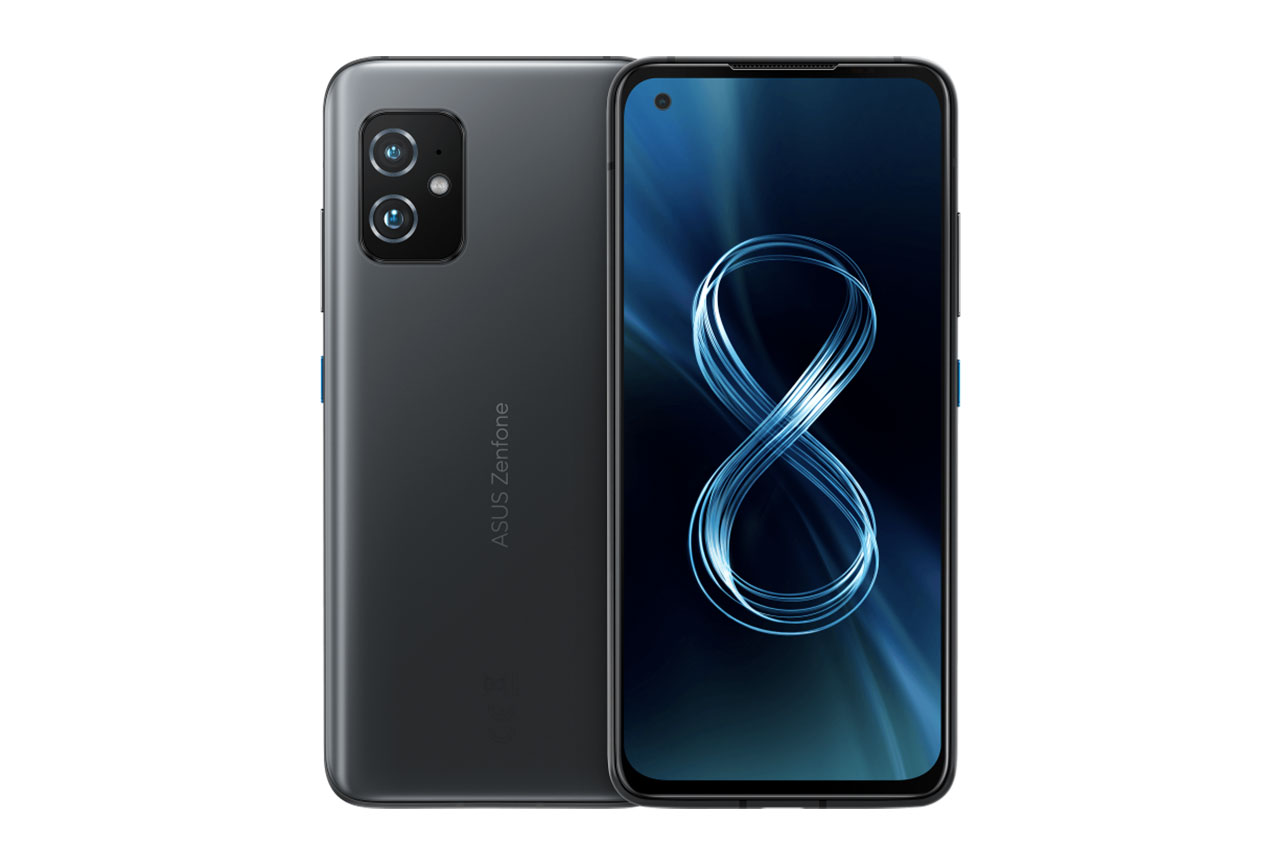
Asus Zenfone 8


Use cases & Conditions
Use case scores indicate the product performance in specific situations. They are not included in the overall score calculations.
Outdoor
Photos & videos shot in bright light conditions (≥1000 lux)
Indoor
Photos & videos shot in good lighting conditions (≥100lux)
Lowlight
Photos & videos shot in low lighting conditions (<100 lux)
Friends & Family
Portrait and group photo & videos
 51st
51st
 11th
11th
Pros
- Good texture/noise tradeoff in most conditions
- Good target exposure in indoor scenes
- Good subject exposure when tele-zooming, even in backlit scenes
- Good video color rendering and white balance
- Good detail in video
- Effective video stabilization
Cons
- Exposure instabilities in most scenes
- Slow autofocus in high-contrast and low-light scenes
- Inaccurate color in outdoor scenes, especially blue skies
- Image noise in all conditions
- Limited dynamic range in videos
- Noise in low-light videos
- Judder effect and color fringing in some videos
With a DXOMARK Camera score of 120, the Asus Zenfone 8 makes it into the top group in the DXOMARK Premium segment ranking, on the same level as the Xiaomi Mi 11 and only narrowly beaten by the segment leader, the Apple iPhone 12 (122).
Good overall still image quality for the price bracket results in a Photo score of 126, very close to its direct rival Xiaomi Mi 11 (127) and a few points ahead of the Samsung Galaxy S21 5G (Exynos) at 123.
The mid-table Zoom score of 54 reflects the lack of an optical tele lens, which results in inferior tele zoom quality compared to many tele-equipped devices. The ultra-wide camera also has room for improvement, though, producing ultra-wide images that are not quite on the same level as most of the Zenfone 8’s segment rivals.
While it’s not the best option for users who like to zoom in or out, the Zenfone 8 does very well in the Video category and its score of 108 puts it among the best picks for mobile photographers in its segment. Keep reading for more details and in-depth comparisons.
Photo
The Asus Zenfone 8 achieves a Photo score of 126. In this section, we take a closer look at each sub-attribute and compare image quality against competitors.

Exposure and Contrast
Asus Zenfone 8
83
111
In these tests we analyze target exposure, contrast, and dynamic range, including repeatability across a series of images. Tests are undertaken in a wide range of light conditions, including backlit scenes and low light down to 1 lux. The score is derived from a number of objective measurements in the lab and perceptual analysis of real-life images.
These samples show the Asus Zenfone 8’s exposure performance in daylight.

Color
Asus Zenfone 8
100
107
In these tests we analyze color rendering, skin tones, white balance, and color shading, including repeatability across a series of images. The score is derived from a number of objective measurements in the lab and perceptual analysis of real-life images.
These samples show the Asus Zenfone 8’s color performance in daylight.

Autofocus
Asus Zenfone 8
89
109
In these tests we analyze autofocus accuracy and shooting time, including repeatability, in the lab. We test focus failures, depth of field, and tracking of moving subjects using perceptual analysis of real-life images.
This graph shows the Asus Zenfone 8’s autofocus performance in the lab at a light level of 1000 lux and a brightness range of 4 EV.

Texture
Asus Zenfone 8
97
111
In these tests we analyze texture on faces and objects, including objects in motion, in a range of light conditions, using several lab test setups and perceptual analysis of real-life images.
This graph shows the Asus Zenfone 8’s texture measurements in the lab.

Noise
Asus Zenfone 8
81
102
In these tests we analyze noise on faces and objects, including objects in motion, in a range of light conditions, using several lab test setups and perceptual analysis of real-life images.
These samples show the Asus Zenfone 8’s noise performance in low light.


Bokeh
Asus Zenfone 8
60
80
For these tests we switch to the camera’s bokeh or portrait mode and analyze depth estimation, bokeh shape, blur gradient, and repeatability, as well as all other general image quality attributes mentioned above. The score is derived from perceptual analysis of real-life images.
These samples show the Asus Zenfone 8’s bokeh simulation in daylight.

Night
Asus Zenfone 8
47
82
In these tests we shoot a selection of images in pitch-black darkness as well as with city lights in the background providing some illumination. We shoot sample images with the camera at default settings in both flash-auto and flash-off modes. We analyze all image quality attributes but we pay particular attention to exposure, autofocus, and color. We do not test night modes that have to be activated manually.
These samples show the Asus Zenfone 8’s night performance in flash-off mode.

Artifacts
Asus Zenfone 8
72
77
In these tests we check images for optical artifacts such as vignetting, flare, lens softness in the corners, distortion, and chromatic aberrations, as well as for processing artifacts such as ghosting and fusion errors, hue shift, and ringing.
This sample shows hue shift artifacts in an outdoor scene.

Preview
Asus Zenfone 8
64
80
In these tests we analyze the image quality of the preview image and the differences between preview images and captured images, particularly in terms of exposure, dynamic range, and bokeh effect. We also check the smoothness of the field-of-view changes in the preview image when zooming with both buttons or when using the pinch-zoom gesture.
These samples show the Asus Zenfone 8’s preview performance in an indoor setting.
Zoom
The Asus Zenfone 8 achieves a Zoom score of 54. The Zoom score includes the tele and wide sub-scores. In this section, we take a closer look at how these sub-scores were achieved and compare zoom image quality against the competitors.

Wide
Asus Zenfone 8
30
58
In these tests we analyze the performance of the ultra-wide camera at several focal lengths from 12 to 20 mm. We look at all image quality attributes, but we pay particular attention to such artifacts as chromatic aberrations, lens softness, and distortion.
These samples show the performance of the Asus Zenfone 8’s ultra-wide camera in indoor conditions.

Tele
Asus Zenfone 8
70
140
In these tests we analyze all image quality attributes at focal lengths from approximately 40 to 300 mm, paying particular attention to texture and detail. The score is derived from a number of objective measurements in the lab and perceptual analysis of real-life images.
These samples show the Asus Zenfone 8’s tele performance at a close-range zoom setting in daylight
Video
In our Video tests we analyze the same image quality attributes as for still images, such as exposure, color, texture or noise, but we also include such temporal aspects as speed, and smoothness and stability of exposure, white balance and autofocus transitions.
NOTE: The sample video clips in this section are best viewed at 4K resolution.
The Asus Zenfone 8 achieves a Video score of 108. A device’s overall Video score is derived from its performance and results across a range of attributes in the same way as the Photo score. In this section, we take a closer look at these sub-scores and compare video image quality against competitors.

Exposure and Contrast
Asus Zenfone 8
82
118
These video stills show the Asus Zenfone 8’s video exposure in a high-contrast scene.

Color
Asus Zenfone 8
101
107
These video stills show the Asus Zenfone 8’s video color in daylight.

Autofocus
Asus Zenfone 8
85
109
These sample clips show the Asus Zenfone 8’s video autofocus performance in daylight.

Texture
Asus Zenfone 8
87
99
These video stills show the Asus Zenfone 8’s video texture performance in indoor conditions.
Noise (93)
This graph shows the Asus Zenfone 8’s video noise performance in the lab.

Artifacts
Asus Zenfone 8
82
85
For video artifacts, we check for the same kinds of artifacts mentioned in the Photo section, along with such video-specific artifacts as frame rate variation in different light conditions, judder effect, and moving artifacts (artifacts such as aliasing, color quantization, and flare can often be more intrusive when moving than in a still image).
This video shows a judder effect when panning the camera.
Artifacts: the Zenfone 8 does not feature adaptive frame rates in video. At a constant frame rate pf 30 fps, a judder effect is visible when panning.

Stabilization
Asus Zenfone 8
97
103
In these tests we analyze residual motion when handholding the camera during recording, as well as when walking and running with the camera. We also look for stabilization artifacts such as jello effect, sharpness differences between frames, and frame shift (abrupt changes of framing).
This sample clip shows the Asus Zenfone 8’s video stabilization in outdoor conditions.

 English
English 中文
中文
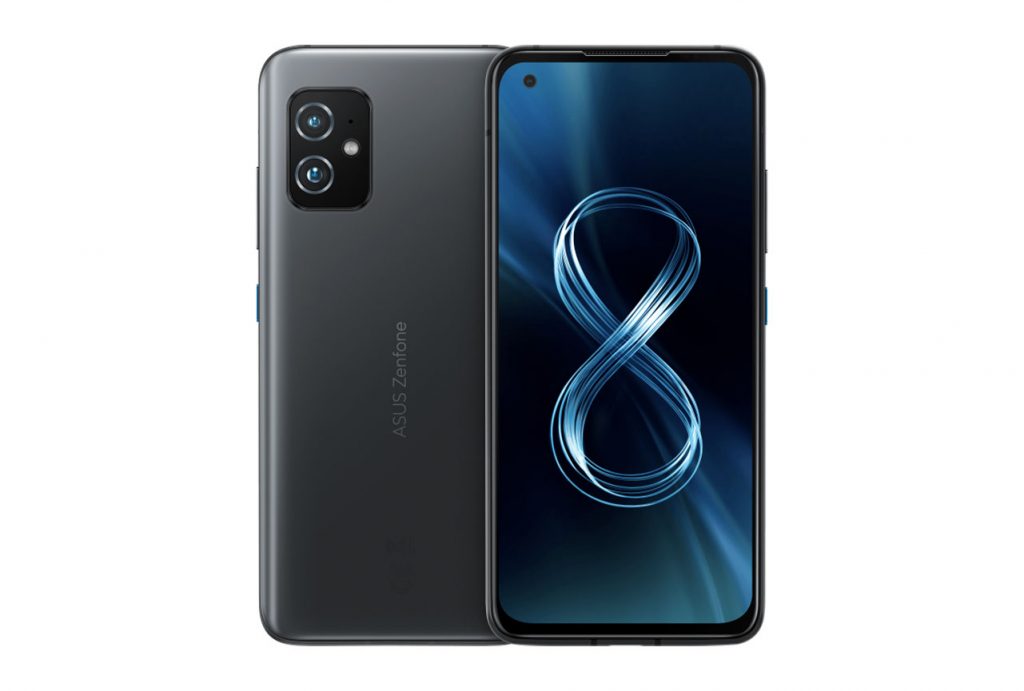
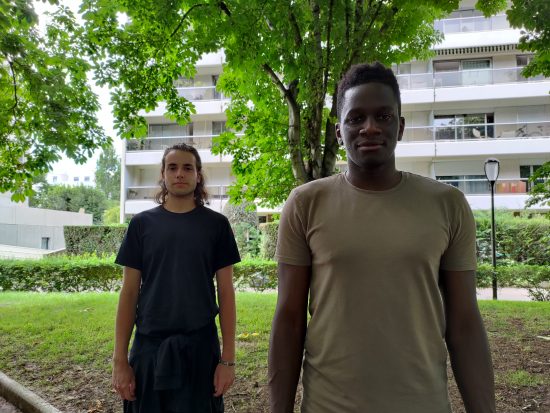

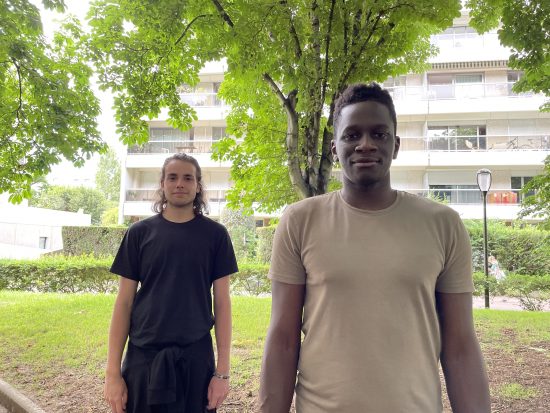
















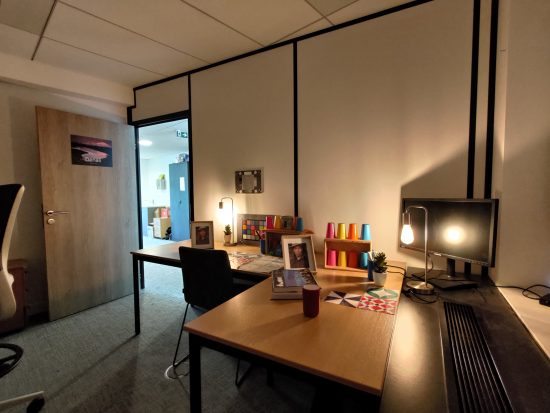
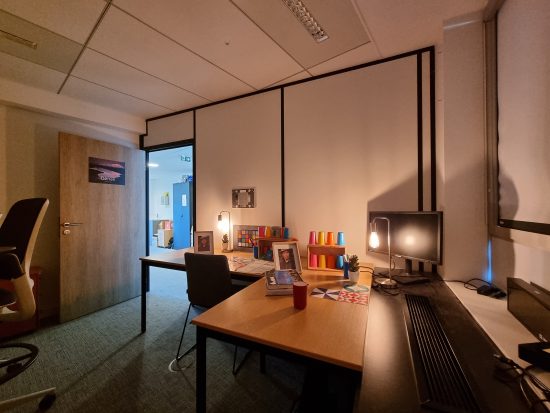
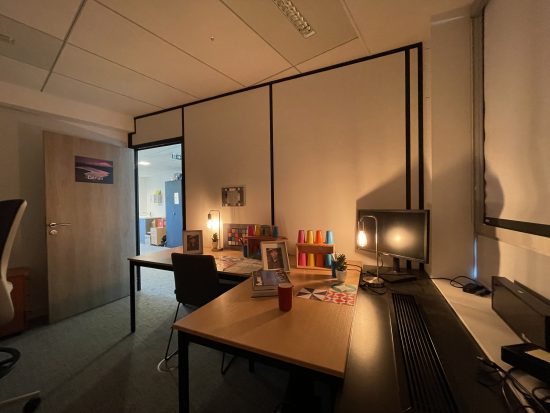



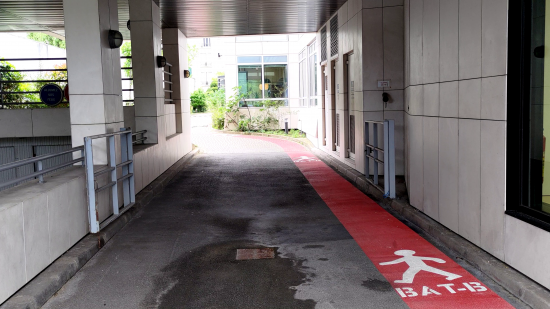
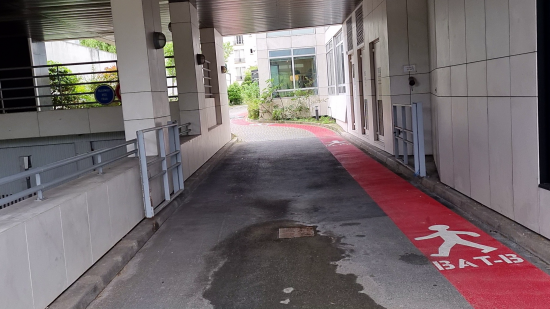

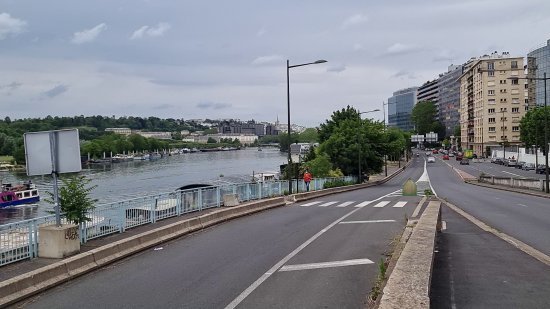
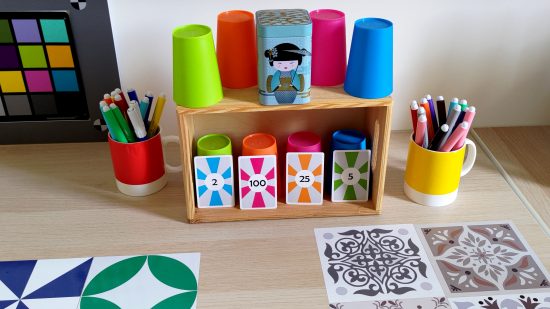
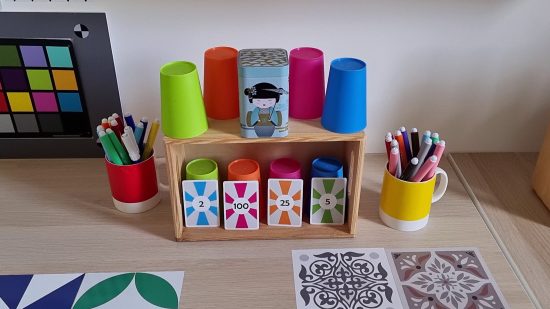
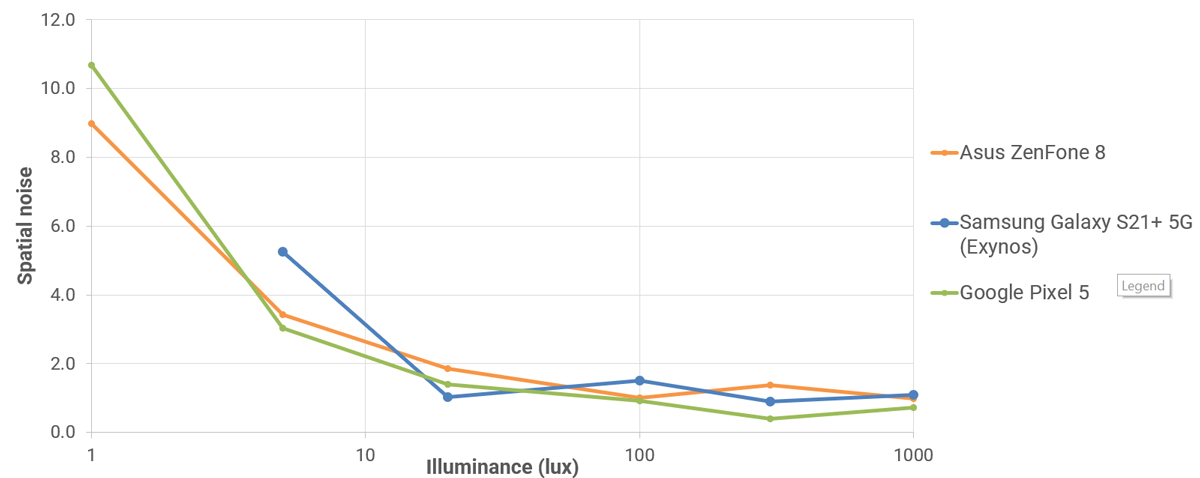
DXOMARK invites our readership (you) to post comments on the articles on this website. Read more about our Comment Policy.